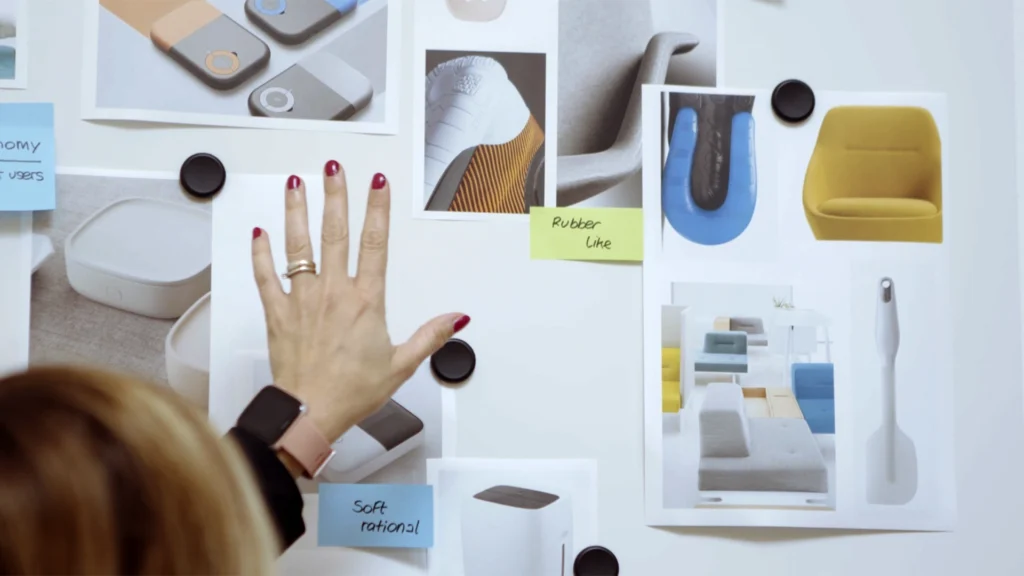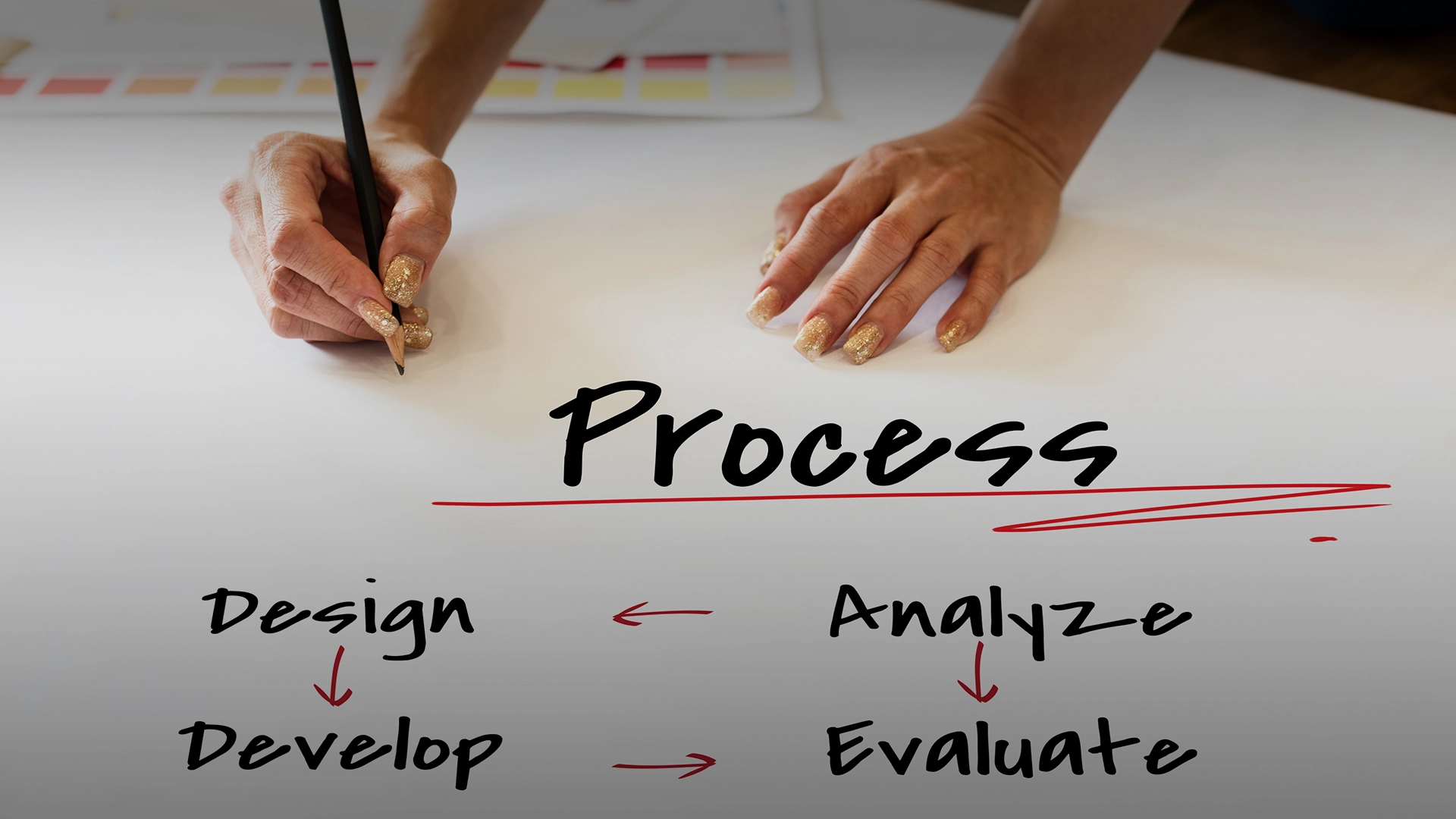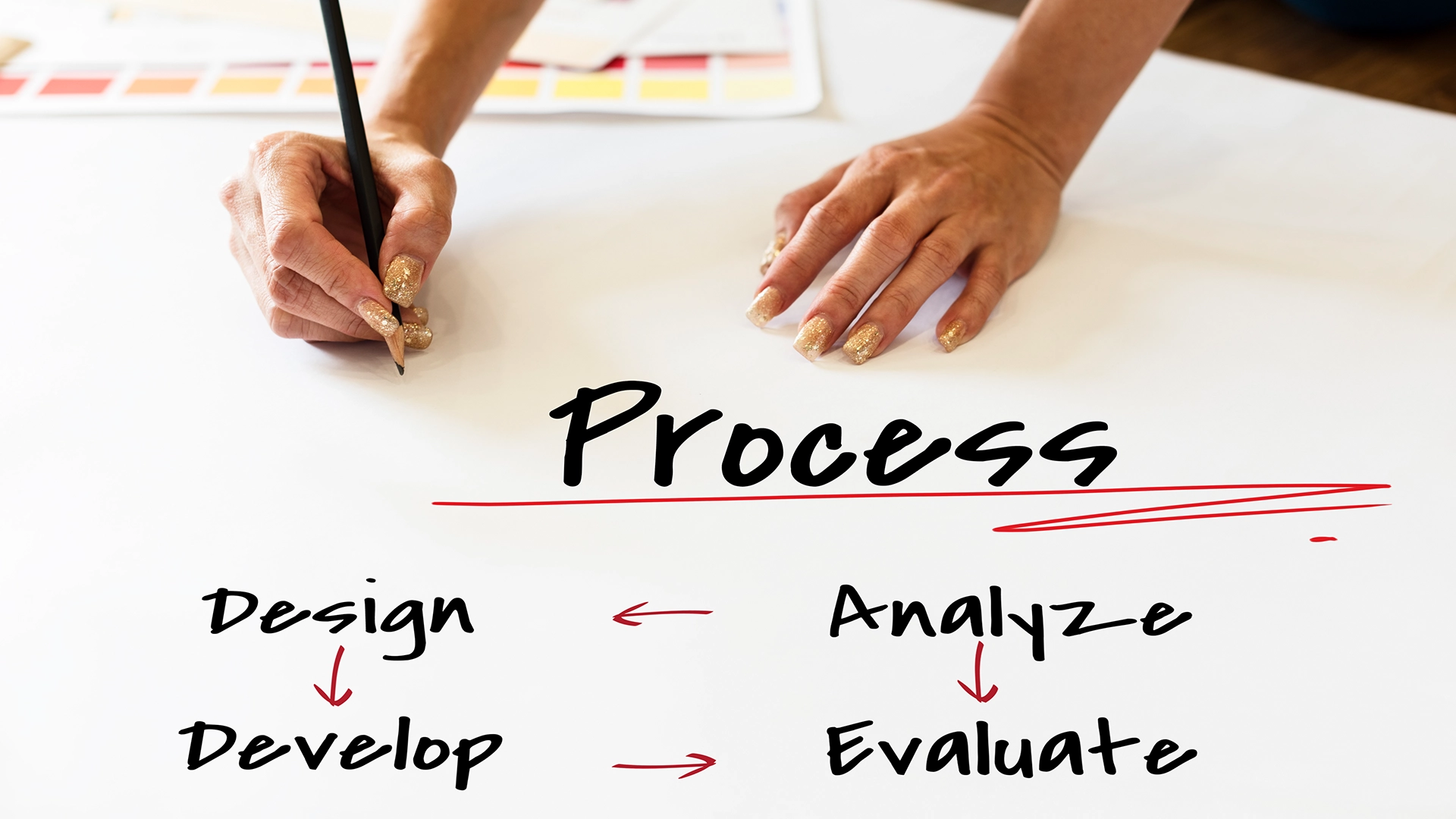In the medical sector, the role of concept design plays a fundamental role in defining the identity and functionality of the product.
Although the role of the concept is to define the aesthetic and conceptual guidelines of the entire development, in Creanova the process takes into account technical needs and user insights right from the start. However, the concept must not claim to resolve all the technical questions.
What is concept design and why is it crucial in the medical sector
Concept design is the phase in which the initial vision of a product is defined: an idea that begins to materialize and the guideline for all subsequent development.
In general, the aspects to be taken care of are:
- functionality
- form and aesthetics
- ergonomics
- interaction
In the medical field, the following are essential to add:
- usability
- trust
- safety
These aspects are essential, to make sure the concept is not only creative but functional and strategic for the company.
In Creanova, the concept design is born from a multidisciplinary dialogue between:
- design team
- engineering
- production
- customer involvement
Our methodology allows us to translate clinical needs and user needs into a visual and functional proposal consistent with all the constraints and the briefing, taking into account regulatory and production constraints right from the start.

The phases of the concept design process: from vision to guidelines
The concept design process begins with an in-depth analysis phase of:
- context of use (competitors usage scenario)
- end users
- clinical industrial standards
- brand producers
From here, a shared vision is built that guides the entire aesthetic and functional development.
In Creanova, this vision takes shape through:
- Moodboard
- Sketch
- 3D models and rendering
to explore morphological and linguistic alternatives.
Each proposal is evaluated according to objective criteria:
- Functionality
- visual coherence
- clarity of use
- feasibility and costs
Once the most convincing concept has been selected, it is detailed in a first design language, with codified aesthetic and functional principles (shapes, colors, materials, interactions) that can be extended or adapted during development; or even extended to other products to create a range in family feeling.
The elements that make up a coherent visual language
An effective concept translates into a coherent visual language, capable of communicating its function and the values of the brand. This language is built through a grammar made up of:
- morphology, i.e. shapes and proportions
- syntax, consisting of the composition and hierarchy between the elements
- semantics, i.e. the set of visual meanings
Creanova applies this “grammar” methodically to define shapes, ergonomics and recognizability. Furthermore, a conscious use of materials and finishes (CMF) help to perceive quality and safety, just as colors are a vehicle to orient attention and guide interactions.
Visual coherence is not decoration; it is the useful design tool to make each visual element support the use of the device. This leads to reducing ambiguity and increasing trust. Thanks to our many years of experience, Creanova is able to harmonize aesthetics and functionality in scalable and distinctive solutions, ready for production and the market.

How to evaluate the effectiveness of a concept: from subjectivity to objectivity
Evaluating a concept cannot be based only on aesthetic taste. At Creanova, each proposal is measured according to an operational checklist and a set of guiding questions that validate the coherence with the brief and adherence to the project objectives.
A successful concept, for us, is one that speaks the language of the user, respects the clinical context and strengthens the positioning of the brand. When possible, we test the concepts (with prototypes or mockups) to validate:
- Usability
- Ergonomics
- perception of volumes
What a concept design is not (and what it is not for)
A project concept is not a stylistic exercise or a “nice to look at” rendering. It is not there to impress the client with impactful aesthetics, but has the purpose of defining a clear, concrete and sustainable direction for the development of the product.
An effective concept does not have to “please everyone”, but work for real users, in the real context.
The concept phase must not be an end in itself, but must evolve into guidelines, design language or validated prototypes. At Creanova, we reject the idea of the concept as a “visual” disconnected from:
- feasibility
- performance/usability
- ergonomics
- costs
- regulations
Finally, and much more importantly, concept design is not there to solve everything in advance. It is the creation of a solid foundation to build, the bridge between creative intuition and product engineering. It is utopian and wrong to think that it is a definitive solution.
Do you have an idea to develop or do you want to define a solid visual language for your new line of medical devices? Contact us and discover how Creanova can transform your idea into a winning concept ready for development

